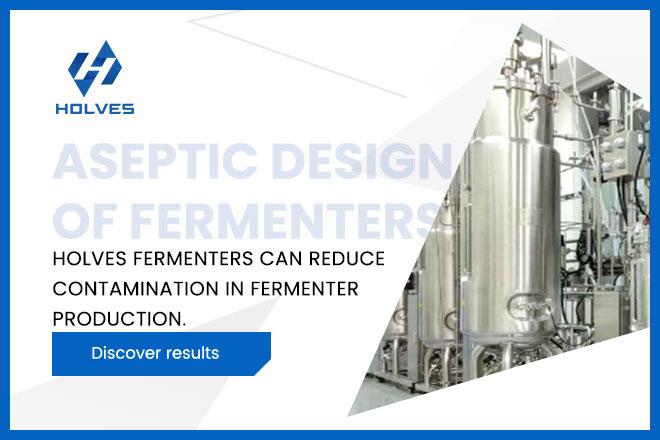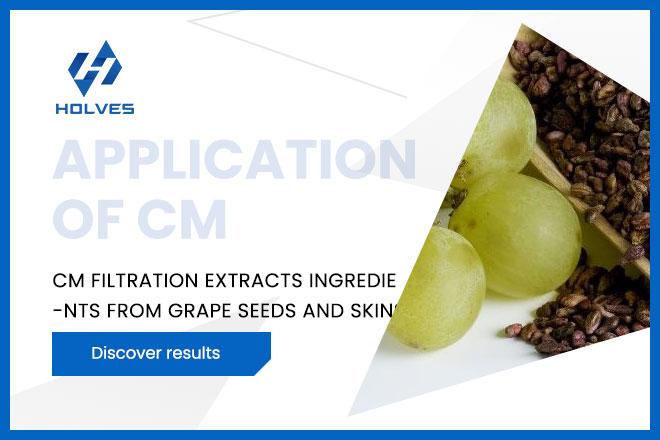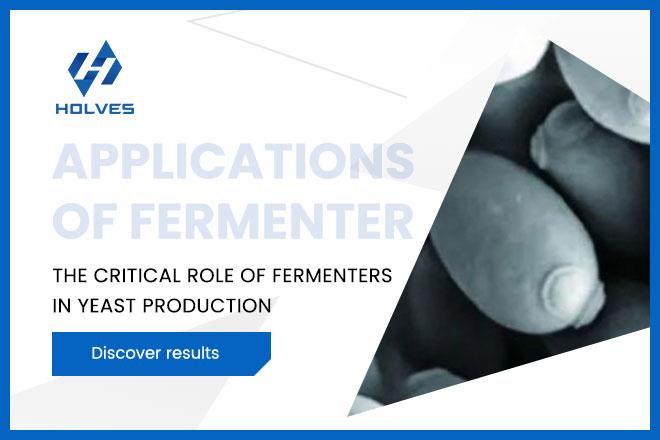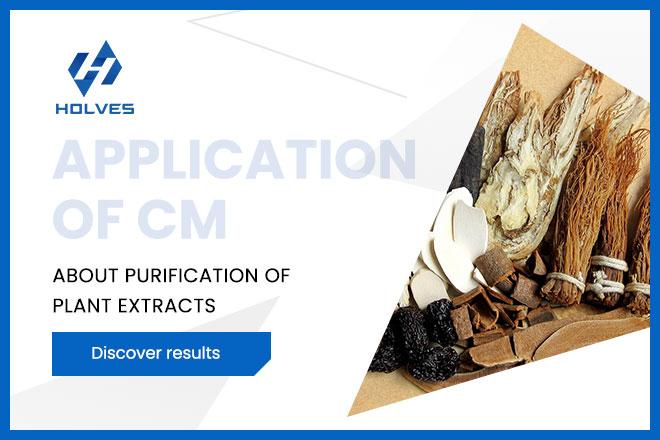In the field of pharmaceutical and chemical industry, the production of antibiotics always occupies an important position, and Cephalosporin C (CPC), as an important member of β-lactam antibiotics, has significant antibacterial effects and a wide range of application prospects. Cephalosporin C is produced by the filamentous fungus Acremonium chrysogenum (Acremonium chrysogenum) through fermentation, and it is a direct precursor of 7-aminocephalosporanic acid (7-ACA, 7-aminocephalosporanic acid), which is a key intermediate in the semi-synthesis of cephalosporin antibiotics for the synthesis of many important antibiotics, including cefotaxene, 7-ACA is a key intermediate in the semi-synthesis of cephalosporin antibiotics, and is used in the synthesis of many important cephalosporin antibiotics, including cefthiophene, cephalothin and cephalothin. With the increasing demand for high quality antibiotics, improving the production efficiency and purity of Cephalosporin C has become an important issue in the pharmaceutical industry, and ceramic membrane filtration systems play an irreplaceable role in this process.
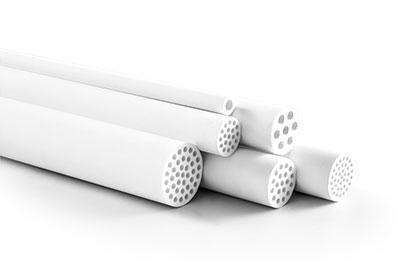
-
Disadvantages of the traditional process for cephalosporin production
1. Loss of yield: Cephalosporin C will be left, the total yield is reduced;
2. Secondary pollution: need to add filter aids, the introduction of new impurities and pollution of the environment;
3. Quality fluctuation: low filtrate transmittance, leading to subsequent ion exchange resin clogging, crystallization difficulties.
2. Secondary pollution: need to add filter aids, the introduction of new impurities and pollution of the environment;
3. Quality fluctuation: low filtrate transmittance, leading to subsequent ion exchange resin clogging, crystallization difficulties.
-
Advantages of Ceramic Membrane Filtration Systems in Cephalosporin Production
Ceramic membrane filtration is capable of realizing efficient retention and separation of substances with different particle sizes in fermentation broth, effectively removing large molecule impurities such as mycelium and proteins, and at the same time, allowing small molecules containing cephalosporin C to pass through the solution, which significantly improves the clarification and purity of the filtrate.
The application of ceramic membrane filtration systems in the production of cephalosporin C is characterized by the following key aspects:
1. Pretreatment and clarification of fermentation broth: After the fermentation, the solution is directly filtered by ceramic membrane, which utilizes the selective retention effect of membrane pore size to remove microbial cells and most of the suspended impurities in the fermentation broth, and get the clarified solution. This process not only improves the quality of the fermentation broth, but also provides a good raw material base for the subsequent extraction process, which helps to reduce the burden of impurities in the subsequent processing steps and improve the efficiency and stability of the whole production process.
2. Extraction and concentration: In the process of extracting cephalosporin C, the ceramic membrane filtration system can be used to concentrate the solution containing cephalosporin C. By regulating the operating conditions, such as pressure, temperature and flow rate, etc., it can realize the effective enrichment of cephalosporin C, and at the same time, further remove a small amount of small molecules of impurities to improve its yield and purity. In addition, the chemical resistance of the ceramic membrane enables it to adapt to the use of various extraction solvents and cleaning agents to ensure stability and reliability during long-term operation.
3. Preparation of 7-ACA: Cephalosporin C is chemically or enzymatically cleaved and converted into 7-ACA, which requires a high reaction environment. The ceramic membrane filtration system can be applied to the separation and purification of 7-ACA production process, such as the filtration of the mixture after the cleavage reaction, to remove unreacted substrates, enzymes and other impurities, to improve the quality of 7-ACA, to ensure that it meets the subsequent synthesis of cephalosporin antibiotics with high standard requirements.
The application of ceramic membrane filtration systems in the production of cephalosporin C is characterized by the following key aspects:
1. Pretreatment and clarification of fermentation broth: After the fermentation, the solution is directly filtered by ceramic membrane, which utilizes the selective retention effect of membrane pore size to remove microbial cells and most of the suspended impurities in the fermentation broth, and get the clarified solution. This process not only improves the quality of the fermentation broth, but also provides a good raw material base for the subsequent extraction process, which helps to reduce the burden of impurities in the subsequent processing steps and improve the efficiency and stability of the whole production process.
2. Extraction and concentration: In the process of extracting cephalosporin C, the ceramic membrane filtration system can be used to concentrate the solution containing cephalosporin C. By regulating the operating conditions, such as pressure, temperature and flow rate, etc., it can realize the effective enrichment of cephalosporin C, and at the same time, further remove a small amount of small molecules of impurities to improve its yield and purity. In addition, the chemical resistance of the ceramic membrane enables it to adapt to the use of various extraction solvents and cleaning agents to ensure stability and reliability during long-term operation.
3. Preparation of 7-ACA: Cephalosporin C is chemically or enzymatically cleaved and converted into 7-ACA, which requires a high reaction environment. The ceramic membrane filtration system can be applied to the separation and purification of 7-ACA production process, such as the filtration of the mixture after the cleavage reaction, to remove unreacted substrates, enzymes and other impurities, to improve the quality of 7-ACA, to ensure that it meets the subsequent synthesis of cephalosporin antibiotics with high standard requirements.
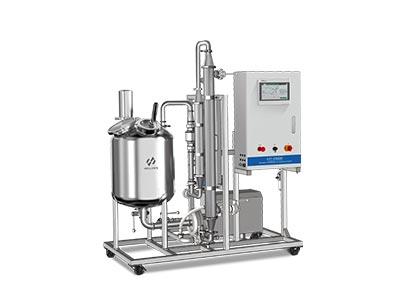
Although the initial investment of the ceramic membrane filtration system is relatively high, its low long-term operating cost and long service life can achieve stable, efficient and sustainable separation in the large-scale production of cephalosporin C. With the pharmaceutical industry's increasing demands on product quality and production efficiency, as well as increasingly stringent environmental regulations, the application of ceramic membrane filtration systems in cephalosporin C production is expected to become more and more promising as an advanced green separation technology.
Here is the Holves brand website, https://www.bjholves.com/. Providing different types of industry information, technical knowledge, and solutions, we have developed and produced several new laboratory fermenter, bioreactor, tangential flow filtration system and other equipment to meet your needs from experimental to industrial production.
Here is the Holves brand website, https://www.bjholves.com/. Providing different types of industry information, technical knowledge, and solutions, we have developed and produced several new laboratory fermenter, bioreactor, tangential flow filtration system and other equipment to meet your needs from experimental to industrial production.


